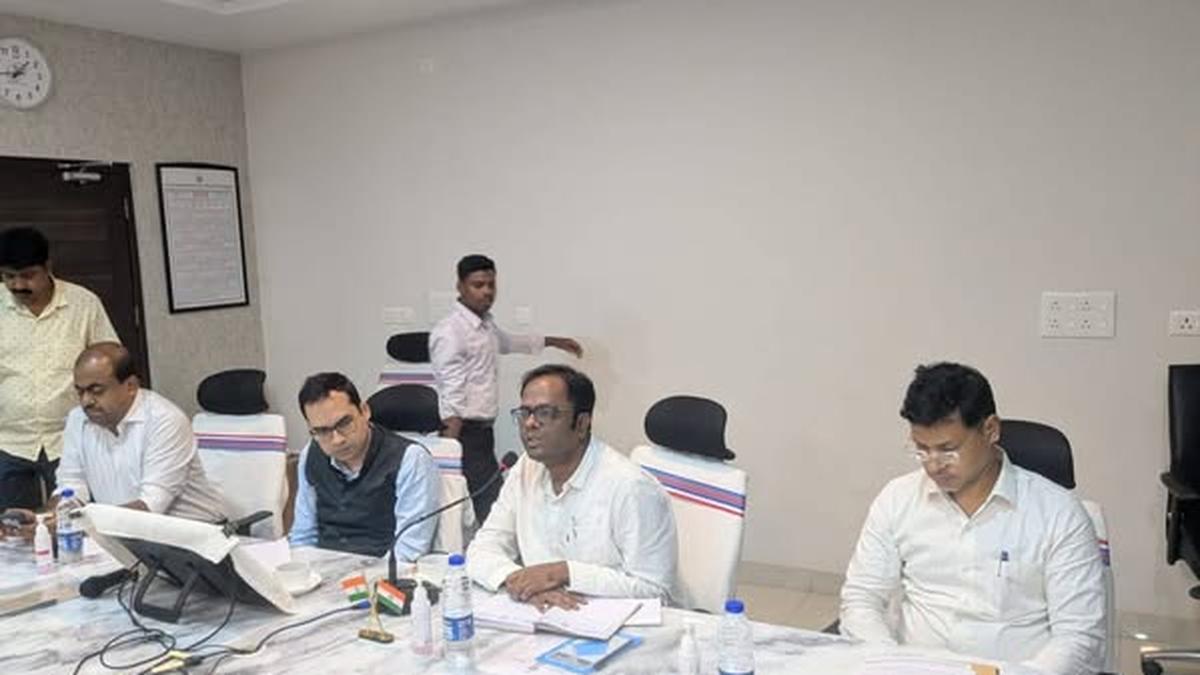By Ishrat Husain
Copyright dawn

THE recent floods have resulted in misery, displacement, death, loss of property and livestock, crop destruction and damage to infrastructure. While the total losses are yet to be calculated, it is critical to understand their economic repercussions and the urgent need to initiate damage limitation measures. The 2022 floods, which affected only Sindh and Balochistan, had displaced 33 million people, submerged their homes, destroyed livestock and crops and damaged infrastructure including the irrigation network. That deluge killed over 1,100 people and caused economic losses to the tune of $30 billion, or 10 per cent of GDP. Clearly, global warming has taken firm root in the form of droughts, glacier melt, floods, torrential rains, heatwaves and rising sea levels. Our response capacity must match the challenge.
No other economic sector has such strong backward and forward linkages for national well-being as agriculture. The situation, therefore, requires a holistic rather than a narrow sectoral approach. In the immediate term, the IMF’s ongoing review warrants a revision of performance indicators and structural benchmarks in light of projected changes in the underlying variables. At least, seven important linkages can be identified.
GDP growth rate: Although agriculture’s direct contribution to GDP is only 23pc, manufacturing, wholesale and retail trade, transportation and storage and other ancillary services rely on its inputs such as raw material, processing, marketing, distribution of crops, livestock, dairy, fruit and vegetables, pulses, oil seeds, etc. A guesstimate of this indirect contribution would add another 25pc arising from these non-agricultural activities. Thus the rate of GDP growth rate is highly dependent not only on agricultural performance but also allied activities. Together, they account for 50pc of the economy.
Employment: The proportion of labour force employed directly on the farm is almost 37pc, including non-farm incomes. A rough guess is that about 60-70pc of total employment can be attributed to the rural economy. A significant drop in rural employment would result in a decline in purchasing power and the increased incidence of poverty.
What steps should be taken to minimise the impact of flood losses?
Inflation: Shortage of grains, vegetables, pulses, and disruption of the supply chain would push up the consumer price index causing inflationary pressures. Coming on top of rising wheat flour and sugar prices the likelihood of higher inflation in the months ahead cannot be ruled out. The lowest income quintile spends about 40pc of their income on food. Floods would thus hurt the poor who cannot afford higher food prices.
Poverty and income distribution: Income poverty estimates show that rural poverty is 28pc compared to 11pc in the urban areas, Income distribution is also skewed in favour of the big landlords. The recent agriculture census shows that the top 4pc of landholders own one-third of the total farm area while the bottom 80pc of farmers possessing less than five acres own another third, with the remaining one-third belonging to medium landholders. Negative changes in poverty headcount and income distribution are the result of flood losses.
Exports: Eighty per cent of Pakistan’s merchandise exports derive their raw material, such as ginned cotton, husked rice, leather and food products, from rural sources. Cotton and yarn are already being brought from abroad. This volume is likely to rise in the floods’ aftermath, affecting our current account balance.
Food security and nutrition: In Pakistan, 38m people face moderate to severe food insecurity (18pc of children are malnourished). These numbers must have risen after the floods. Wheat is the main crop in Pakistan — thus, policies and incentives for sowing on a greater area during the coming Rabi season should be assured through a coordinated federal-provincial strategy.
Output of manufactured goods: The production of goods such as motorbikes, bicycles, fertilisers, pesticides, tractors and other farm equipment as well as light consumer items are dependent on the demand of rural household. The manufacturing sector is already under stress and a drop in demand is likely to result in decreased production, shedding labour and intensifying unemployment and poverty.
What steps should be taken to minimise the impact of flood losses in the short and medium term?
1) Provide farmers with less than five acres of land access to good quality certified seeds, fertiliser and pesticide at subsidised rates through Kissan Cards; 2) use the BISP database to identify affected households for additional cash transfers; 3) accelerate agriculture credit disbursement and reschedule payments of old, outstanding loans for small farmers; 4) set up mobile veterinary services in areas where livestock has suffered most; 5) conduct an audit of national waterways to clear riverbeds and pathways of encroachments, and develop shelters on elevated land for residents of low-lying areas; 6) prepare projects for strengthening embankments and flood protection works, desilting channels, and managing afforestation and soil conservation; 7) encourage contract farming between the processors, extractors and buyers of commodities and the producers to ensure stable and predictable prices; 8) minimise conveyance losses by lining water courses and promoting drip and sprinkler, instead of flood, irrigation. Pres-e-n-tly, only 41MAF out of 145 MAF of water from the Indus irrigation system reaches the crops; 9) rehabilitate, restore and expand wetlands, develop small dams and reservoirs to store rainwater, recharge groundwater storage in farms, and promote the use of solarised tube wells; 10) allocate funds for R&D institutions to develop seeds resistant to heat, drought and cold temperatures, which can withstand pest and disease caused by climate change; 11) incentivise the private sector to invest in warehousing, storage and cold chain facilities and refrigerated vans; 12) while wheat trade should be deregulated, the provinces should hold strategic reserves for release in lean months when prices rise. Inter-district movement and fixed flour and end-product prices should be discouraged. Allowing imports and exports should depend on the situation.
As the National Water Policy 2018 recommends, an integrated water resource management system that takes into account surface water conveyance, groundwater recharge and usage, drainage, flood protection works, barrages, drinking water, industrial water needs and water conservation should be established. As I’ve pointed out previously: ‘the changing weather patterns will significantly affect temporal distribution and availability of water in the coming decades and accelerated melting of glaciers and overloading of rivers will affect food, water and energy security, posing a grave threat to living standards’.
The writer is a former governor of the State Bank of Pakistan.
Published in Dawn, September 16th, 2025



